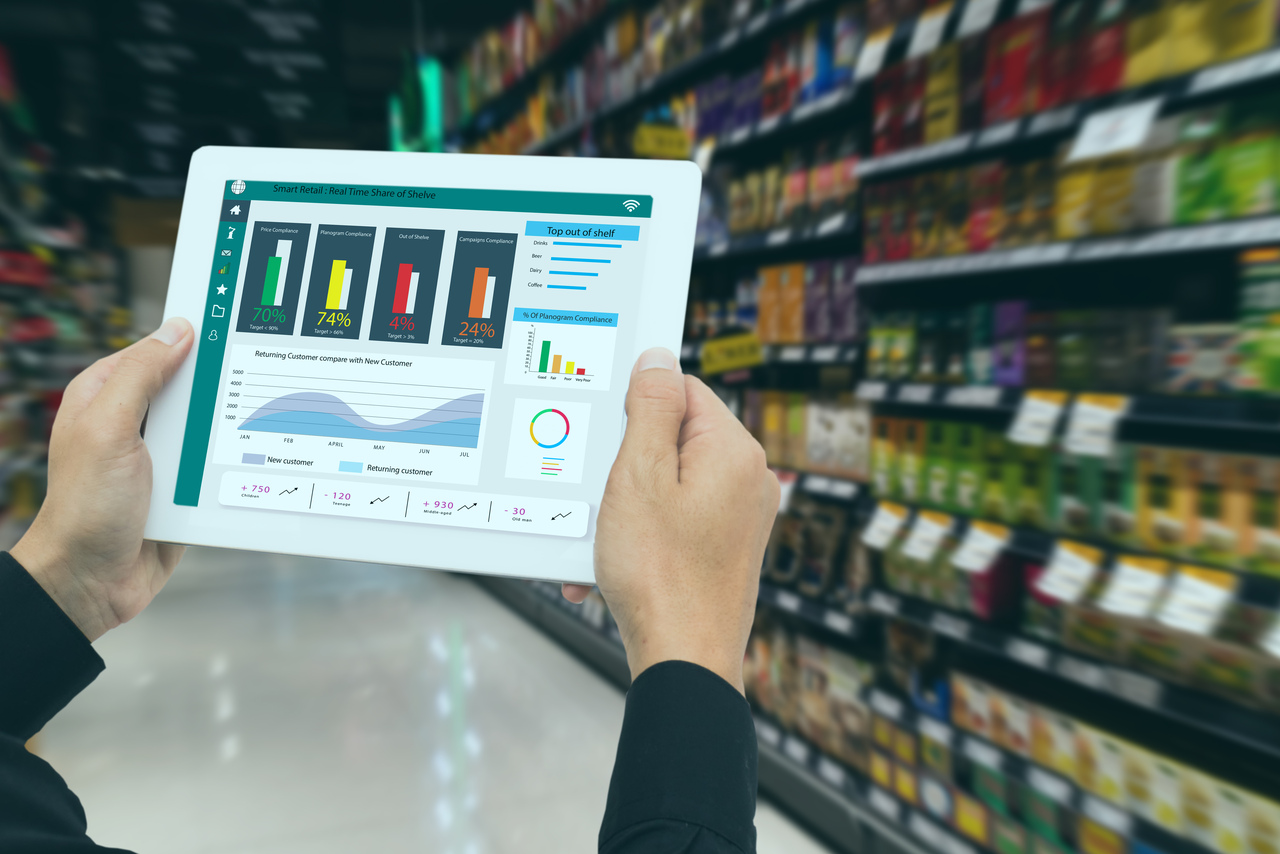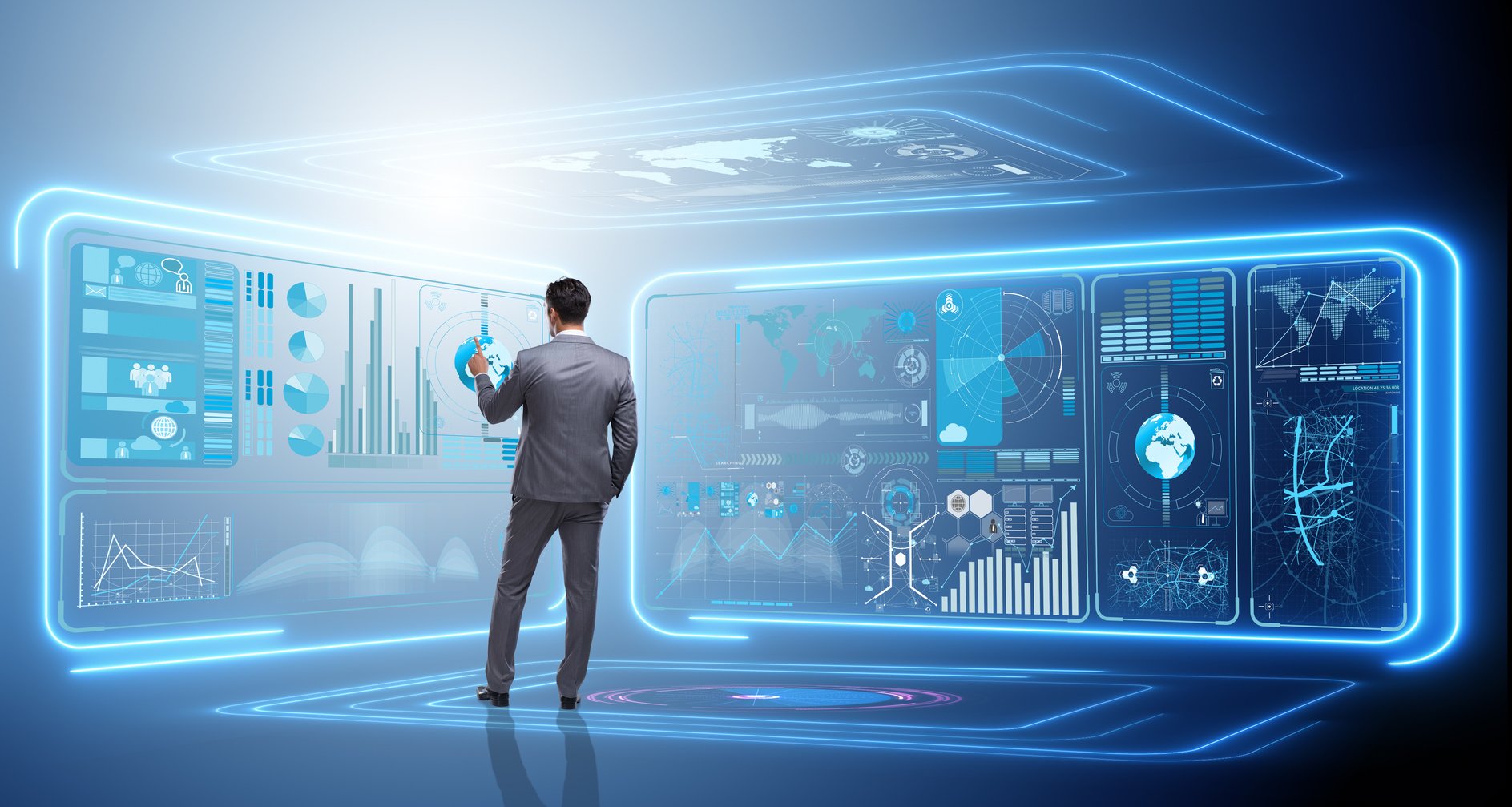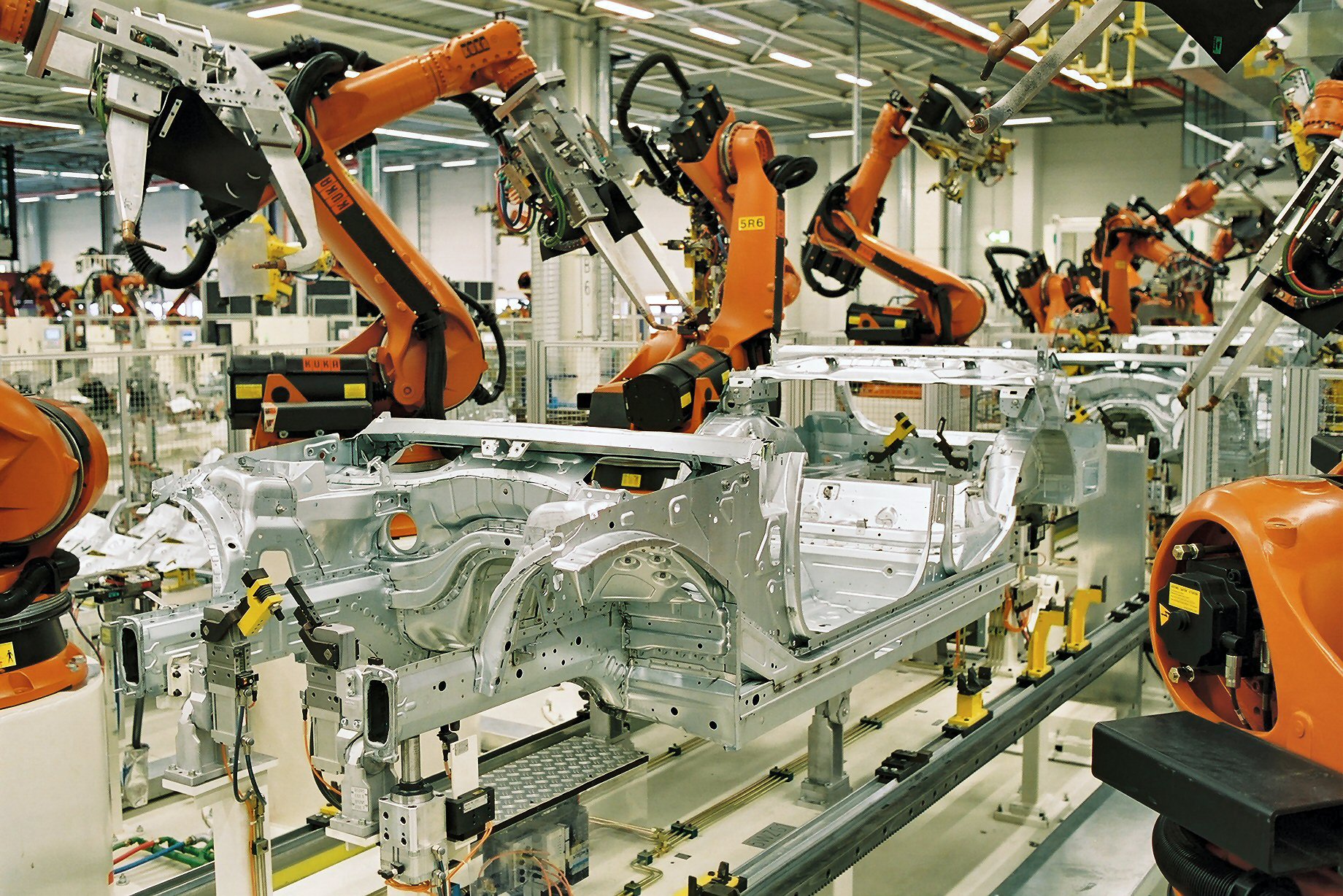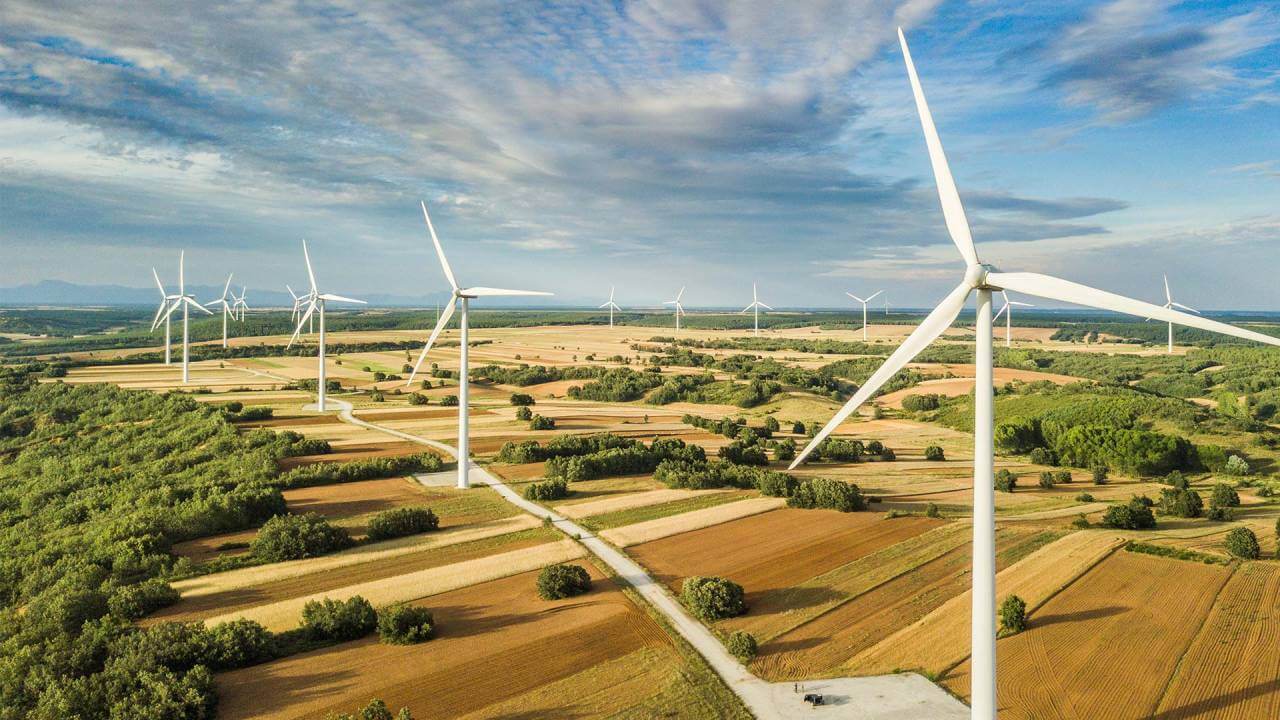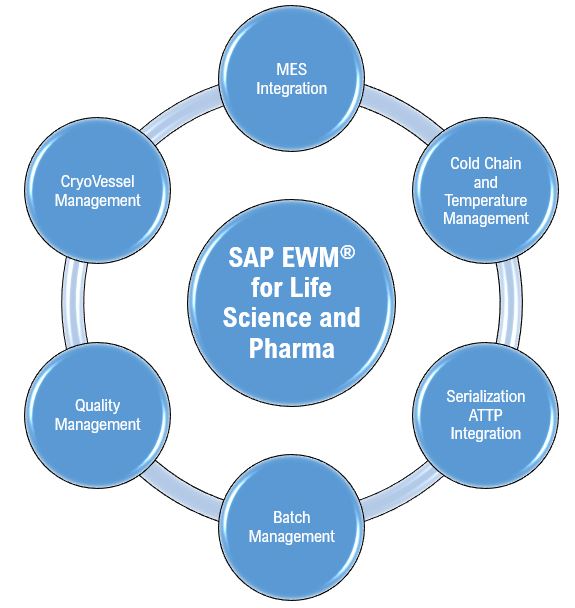Abstract
As digital infrastructure continues to expand, the environmental impact of software systems has become a growing concern. Green software development offers a strategic approach to reducing energy consumption and minimizing environmental impact throughout the software lifecycle. It prioritizes energy efficiency and focuses on reducing the carbon emissions associated with the entire software lifecycle, from idea inception, feasibility & market studies, coding and deployment to use and eventual disposal of hardware. This report outlines key sustainability practices integrated across software lifecycle phases. By adopting energy-efficient architectures, optimizing code, and leveraging carbon-aware deployment strategies, organizations can align their digital operations with global sustainability goals. The findings underscore the importance of embedding environmental considerations into software engineering to drive both ecological and operational benefits.
Introduction
Green software development is an emerging discipline that combines software engineering practices with a focus on environmental sustainability. In an era where the digital world’s carbon footprint is growing, this approach seeks to mitigate the environmental impact of technology from the ground up.
Global electricity consumption, attributed to data centers alone, has experienced a substantial increase, with an average annual growth rate of approximately 12% since 2017. In 2024, this demand was estimated to reach 415 terawatt-hours (TWh), representing nearly 1.5% of the total global electricity consumption. accelerated expansion of AI-enabled technologies and widespread adoption of AI-centric operational models across global enterprises, this electricity consumption is projected to more than double by 2030 [IEA]. Green software development is a response to the significant energy consumption of the IT industry, particularly data centers, which are major contributors to global carbon emissions. The core idea is to build and operate software that is energy-efficient, resource-optimized, and has a minimal carbon footprint throughout its entire lifecycle—from design and development to deployment and eventual disposal of the underlying hardware. This is a shift from traditional software development, which has historically prioritized performance and speed above all else.
By applying principles like carbon efficiency, energy proportionality, and carbon awareness, developers can create applications that not only perform well but also contribute to a more sustainable and responsible future. This leads to a win-win situation, as practices that reduce environmental impact often also lead to lower operational costs and enhanced system performance.
The Core Principles of Green Software
- Carbon Efficiency: This principle is about developing software that emits the least amount of carbon for every unit of work it performs. It involves optimizing code and systems to reduce the overall computational power, lesser resources required and ultimately lower carbon emissions, particularly when deployed on fossil-fuel-powered infrastructure.
Energy Proportionality: This principle states that the energy consumption of a system should be directly proportional to its utilization. Adjusting workloads based on system utilization, turning off unused services or throttling performance during low demand can significantly lower the baseline energy consumption. A well-designed green software system will use significantly less energy when idle compared to when it’s under heavy load. - Carbon Awareness: This principle involves making intelligent decisions about when and where software runs based on the carbon intensity of the electricity grid. Promoting user awareness by communicating the environmental impact of digital activities and encouraging energy-efficient behaviors, such as enabling low-power modes and adopting optimized usage patterns is important. For example, scheduling non-urgent computations at a time when higher percentage of renewable energy supply is available. It is also choosing the carbon-aware design, low carbon-intensive data centers, servers, cloud technologies and take operational decisions aimed at reducing the carbon emissions.
- Hardware Efficiency: This principle focuses on extending the lifespan of hardware by creating software that can run efficiently on older or less powerful devices. By minimizing the need for frequent hardware upgrades, this practice reduces the embodied carbon (the carbon emissions from manufacturing, transporting, and disposing of hardware).
Measurement: You cannot manage what you cannot measure. This principle emphasizes the importance of using specific metrics and tools to track and monitor the carbon emissions of software. This data is crucial for identifying areas for improvement and evaluating the effectiveness of green software initiatives. - Climate Commitments: This principle highlights the importance of aligning software development practices with broader organizational or global climate goals. Understanding and contributing to an organization’s publicly stated climate commitments helps to drive the adoption of green software practices from a business perspective.
Green Software Practices basis software lifecycle
The software development lifecycle for green software development integrates sustainability considerations at every stage of the traditional process. The goal is to minimize the environmental impact of software from its initial concept to its eventual decommissioning.
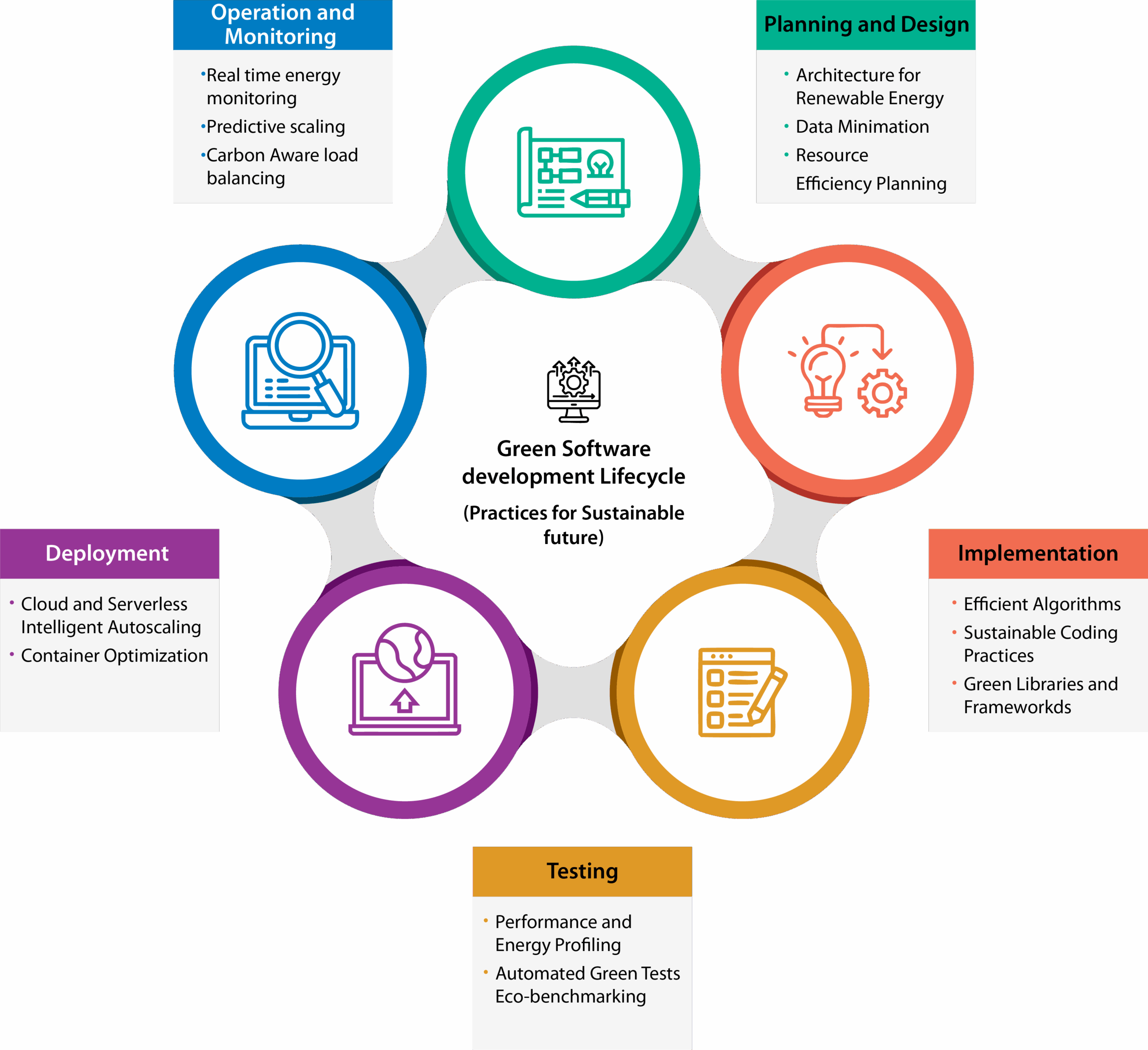
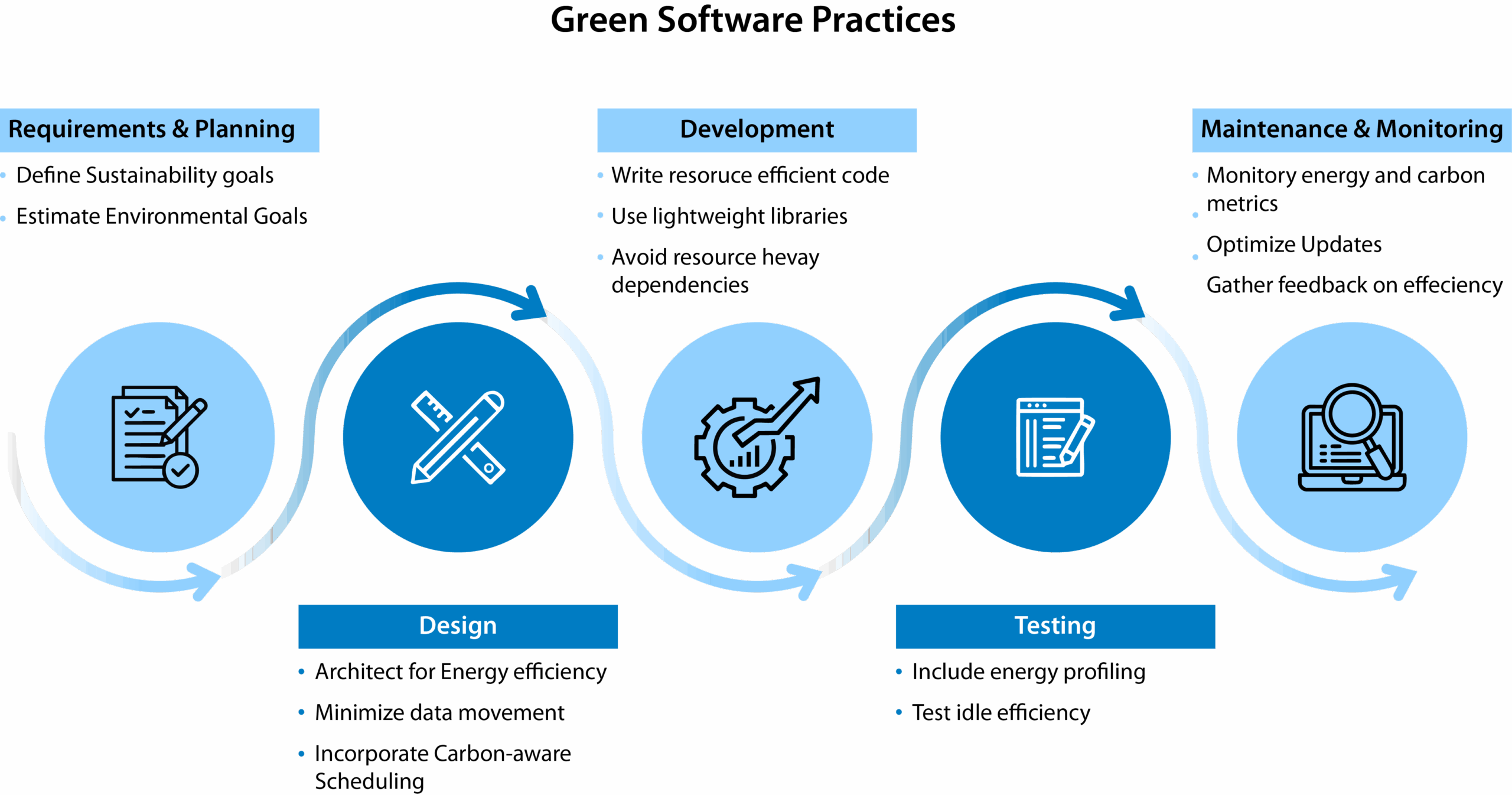
1. Planning and Design
The green software development lifecycle begins with carbon-aware planning. During this phase, teams define not only the functional requirements but also the environmental goals for the project. This involves:
Setting sustainability targets: For example, aiming for a certain reduction in energy consumption or carbon emissions.
Architectural decisions: Choosing cloud regions with a higher percentage of renewable energy.
Technology stack selection: Opting for more energy-efficient programming languages or frameworks.
This stage is crucial for establishing the foundation for a sustainable application.
2. Development
During the development phase, engineers write code with a focus on efficiency and optimization. This involves:
Writing lean code: Using efficient algorithms and data structures to reduce computational cycles.
Minimizing data transfer: Compressing files and optimizing API calls to reduce network energy consumption.
Avoiding resource waste: Implementing practices that prevent “leaks” of memory or CPU power.
3. Testing and Deployment
Testing for green software goes beyond traditional functional and performance tests. It includes sustainability testing to measure and monitor the application’s environmental impact.
Energy consumption tests: Measuring how much power the application uses under different loads.
Carbon emission tracking: Using specialized tools to quantify the carbon footprint of the application.
Deployment involves choosing sustainable hosting options, such as cloud services with a strong commitment to renewable energy. Automated scaling is configured to ensure that resources are only used when needed, avoiding wasted energy.
4. Maintenance and Monitoring
Once deployed, the software’s environmental impact must be continuously monitored and optimized. This phase involves:
Continuous monitoring: Using dashboards to track key sustainability metrics, such as energy usage and carbon intensity.
Optimization: Regularly refactoring code and infrastructure to improve efficiency based on the monitoring data.
Demand shaping: Shifting non-critical workloads to times of the day when the electricity grid has a lower carbon intensity.
5. End-of-Life
This final stage considers the decommissioning of the software and its associated hardware. The goal is to handle the process in an environmentally responsible way, including data archiving and the secure and eco-friendly disposal or repurposing of hardware.
Frontrunners in Adopting Green Software Development Practices
Major technology companies are at the forefront of implementing green software development principles. They are not only adopting these practices internally but are also building tools and services to help their customers do the same.
A key example is the work being done by cloud providers like Microsoft and Google.
- Microsoft has made “Sustainable Software Engineering” a core discipline. They have developed tools and resources, such as the Emissions Impact Dashboard, which allows Azure and Microsoft 365 users to monitor, quantify, and report on the carbon emissions of their cloud usage. This provides businesses with the data needed to make informed decisions and optimize their workloads for a lower environmental footprint.
- Google Cloud also has a suite of tools to help customers reduce their digital emissions. Their Carbon Sense tools, including the Google Cloud Carbon Footprint and a region picker that shows the carbon intensity of different data centers, enable developers to be “carbon aware.” This allows them to choose a region with a lower-carbon electricity grid for their applications, especially for computationally intensive tasks.
- RJJ Software‘s case study on sustainable software development outlines their green computing initiatives. The company focuses on minimizing its environmental impact throughout the software lifecycle. This includes using energy-efficient hardware, such as M2 series Mac devices, and writing optimized code to reduce resource usage. They also leverage a decentralized architecture with a remote-first policy and a peer-to-peer VPN solution (Tailscale), which avoids the high energy consumption of large, centralized data centers. These efforts not only contribute to a lower carbon footprint but also improve efficiency and security. The case study highlights how sustainable practices can be integrated into business operations.
- Siemens’ “Green DevOps” case study details a strategic framework for integrating sustainability across the software development lifecycle. By using a Life Cycle Assessment (LCA) approach, the company equips its teams with tools to measure and reduce the environmental impact of their software, focusing on emissions and energy usage
Market Analysis
Overall Market: The global green technology and sustainability market was valued at approximately $17.21 billion in 2023 and is projected to reach over $105 billion by 2032, with a CAGR of around 22.4%. Green IT and Software: Within this market, the software and services segments are key drivers. The green IT services market, which includes green software, was valued at around $19 billion in 2024 and is expected to reach over $45 billion by 2030, exhibiting a CAGR of roughly 16%. The software segment alone accounted for a significant portion of the revenue, highlighting its central role.
Future Outlook
The future of green software development is marked by a rapid shift from a niche concern to a core business imperative. Driven by environmental, economic, and regulatory pressures, companies are increasingly integrating sustainability into their entire software development lifecycle.
Here are Some Key Trends Shaping its Future:
- Integration with Emerging Technologies: The rise of AI, machine learning, and IoT, while energy-intensive, is also a powerful tool for sustainability. AI algorithms will be used to optimize resource allocation, predict energy usage, and automate the shifting of workloads to lower-carbon periods.
- Carbon-Aware Systems: The concept of “carbon-aware computing” will become mainstream. Software will be designed to dynamically adapt its behavior based on the real-time carbon intensity of the electricity grid. This includes scheduling tasks and data processing to coincide with periods of high renewable energy availability.
- Standardization and Measurement: Organizations like the Green Software Foundation are creating standardized frameworks, such as the Software Carbon Intensity (SCI) Specification, to provide a common way to measure and report the carbon emissions of software. This will lead to more widespread adoption and comparability across the industry.
- Regulatory Frameworks: Governments worldwide are beginning to enact legislation that mandates environmental disclosures and sets limits on carbon emissions from the tech sector. This will make green software development a matter of compliance, not just corporate social responsibility
- Cloud and Edge Computing: As more workloads move to the cloud, the focus will be on leveraging the inherent efficiencies of hyperscale data centers. Cloud providers will continue to offer advanced tools for carbon reporting, and the rise of edge computing will bring new opportunities for local energy optimization.
Current Research
The latest developments in green software are focused on building a holistic and quantifiable framework for sustainability. A key trend is carbon-aware computing, which moves beyond simple energy efficiency. This involves designing software to strategically shift intensive workloads to times and locations where the electricity grid is powered by renewable energy, directly reducing carbon emissions. To facilitate this, there’s a strong emphasis on creating standardized tools and metrics. The Green Software Foundation’s Software Carbon Intensity (SCI) specification, for example, is a major step toward providing a clear, open standard for measuring a software system’s carbon footprint.
Furthermore, research now includes “embodied carbon”—the emissions from manufacturing and disposing of hardware. This has led to a focus on extending hardware lifespans by creating applications that are efficient on older devices. Recent studies also highlight the significant carbon footprint of training large AI and machine learning models, leading to a new wave of research into more sustainable AI practices. These efforts collectively aim to embed sustainability as a core principle in software engineering.
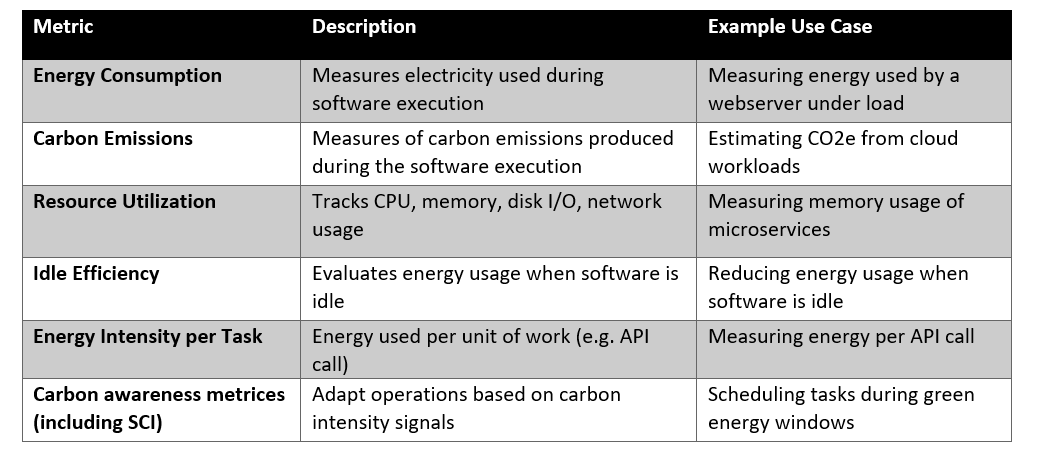
Conclusion
Green software development represents a crucial evolution in the technology sector, moving beyond traditional metrics of speed and performance to embrace sustainability as a core principle. By integrating practices that prioritize carbon efficiency, energy proportionality, and hardware longevity throughout the software development lifecycle, this discipline offers a powerful way to reduce the IT industry’s growing environmental footprint. The benefits extend beyond environmental impact, leading to significant economic advantages through reduced energy costs and improved operational efficiency. As the market matures with the aid of organizations like the Green Software Foundation and key industry players, green software development is poised to become a standard practice, making sustainability a fundamental requirement for all future digital solutions.
References
2-https://www.horizonsbootcamp.com/core-principles-sustainable-software-engineering/
3-https://www.microsoft.com/en-us/sustainability/cloud
4-https://www.grandviewresearch.com/industry-analysis/green-it-services-market-report
6-https://cloud.google.com/sustainability
7-https://www.microsoft.com/en-us/sustainability/cloud
8- https://www.iea.org/reports/energy-and-ai,

